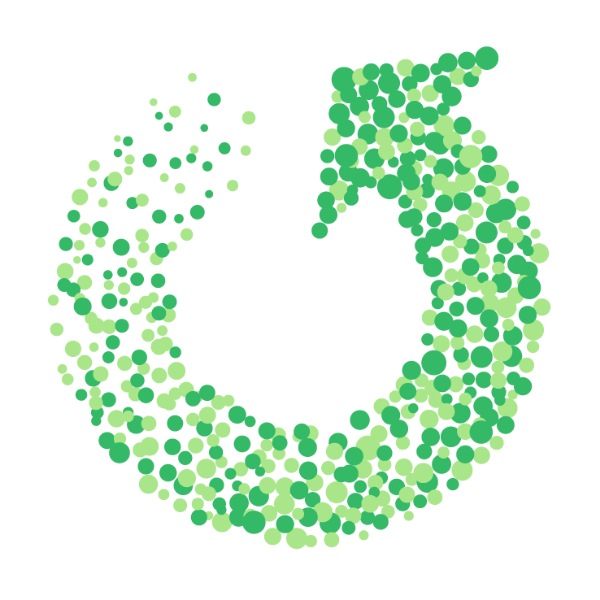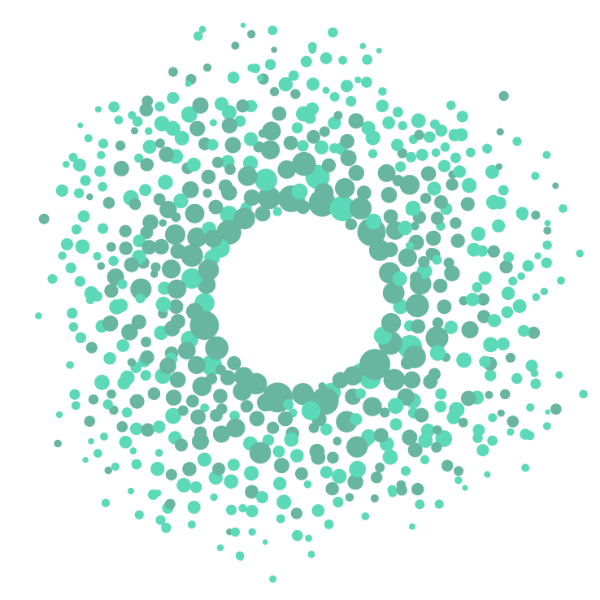
Rising sea levels are a particularly acute problem in Australia where over 80% of the population lives in the coastal zone. But while sea defences protect shorelines, they are often flat structures, devoid of shelter for organisms like fish, invertebrates, and seaweed.
Living Seawalls is a flagship program of the Sydney Institute of Marine Science. Its habitat panels, designed to mimic natural formations like rock pools and mangrove roots, can be fitted to new or existing sea defences. The project is a collaboration between creative designers and marine ecologists. As a result, life has found its way back to the Sydney shorelines.
Sea defences fitted with habitat panels have 36% more marine life after just two years, with further increases expected through time. Up to 115 species of invertebrates and seaweed, as well as tens of species of fish thrive among the panels. The project operates at 11 Australian locations, and it has since gone global. It now benefits shorelines in Wales, Gibraltar and Singapore, with the added bonus of boosting public awareness.
Since becoming an Earthshot Prize Finalist, the Living Seawalls team have enjoyed a significantly increased global profile including an audience with Australian PM Scott Morrison and featuring on Cate Blanchett’s Climate of Change podcast. They have also continued to win commissions around the world including two recent UK projects, as well as expansion of the Sydney Harbour project supported by a recent AUD$4.5 million grant from the New South Wales Government.
With Global Alliance Member Herbert Smith Freehills’ support they are on track to spin out from the Sydney Institute of Marine Science to be an independent business by end of 2022, allowing them to scale up to meet the increased global demand. At the beginning of 2022 DP World committed £500,000 to integrate Living Seawalls into their global network of ports.

By 2030, we choose to ensure that, for the first time in human history, the natural world is growing – not shrinking – on our planet.
This Earthshot focuses on three main areas of interest:

By 2030 we choose to ensure that everyone in the world breathes clean, healthy air – at World Health Organization standard or better.
This Earthshot focuses on three main areas of interest:

By 2030, we choose to repair and preserve our oceans for future generations.
This Earthshot focuses on three main areas of interest:

By 2030, we choose to build a world where nothing goes to waste, where the leftovers of one process become the raw materials of the next – just like they do in nature.
This Earthshot focuses on three main areas of interest:

We choose to fix the world’s climate by cutting out carbon: building a carbon neutral economy that lets every culture, community and country thrive.
This Earthshot focuses on three main areas of interest: